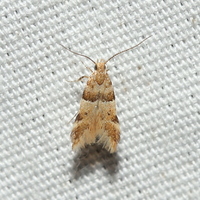
| Recorded by: David George on 2025-05-16
Durham Co.
Comment: | 
| Recorded by: Jeff Niznik on 2024-07-26
Alamance Co.
Comment: |

| Recorded by: Jeff Niznik, David George on 2024-07-25
Durham Co.
Comment: | 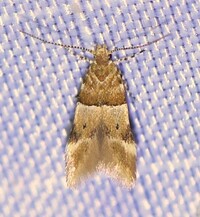
| Recorded by: Rob Van Epps on 2024-06-27
Mecklenburg Co.
Comment: |
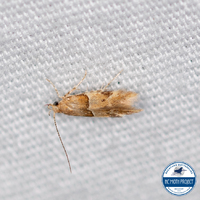
| Recorded by: Lior S. Carlson, Dean Furbish on 2024-06-17
Lincoln Co.
Comment: | 
| Recorded by: David George, Jeff Niznik on 2024-06-10
Chatham Co.
Comment: |

| Recorded by: David George, Jeff Niznik on 2024-05-25
Chatham Co.
Comment: | 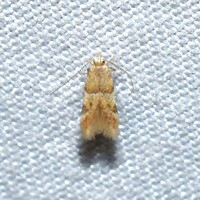
| Recorded by: Jeff Niznik on 2024-05-09
Orange Co.
Comment: |
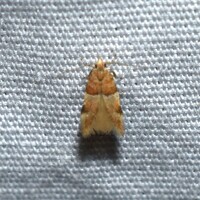
| Recorded by: David George, Stephen Dunn, Jeff Niznik on 2024-04-29
Chatham Co.
Comment: | 
| Recorded by: John Petranka, David George on 2023-08-05
Orange Co.
Comment: |

| Recorded by: Stephen Dunn, Jeff Niznik on 2023-07-26
Chatham Co.
Comment: | 
| Recorded by: Jim Petranka on 2023-07-26
Madison Co.
Comment: |

| Recorded by: Jeff Niznik on 2023-07-25
Durham Co.
Comment: | 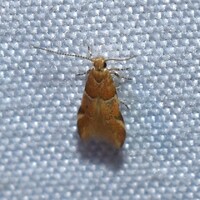
| Recorded by: David George, Jeff Niznik on 2023-07-19
Durham Co.
Comment: |
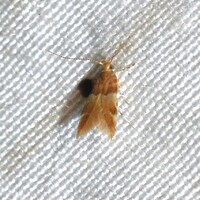
| Recorded by: Jeff Niznik on 2023-07-12
Chatham Co.
Comment: | 
| Recorded by: Jeff Niznik on 2023-05-31
Durham Co.
Comment: |
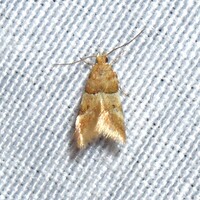
| Recorded by: David George, Jeff Niznik on 2023-05-12
Durham Co.
Comment: | 
| Recorded by: David George, Jeff Niznik on 2023-04-20
Durham Co.
Comment: |

| Recorded by: Jeff Niznik on 2022-08-18
Chatham Co.
Comment: | 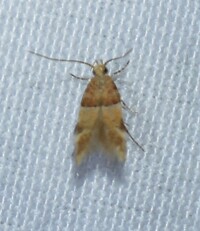
| Recorded by: Jeff Niznik on 2022-07-24
Chatham Co.
Comment: |

| Recorded by: Gary Maness on 2022-07-18
Guilford Co.
Comment: | 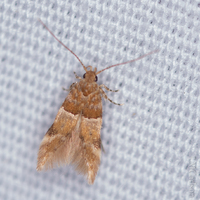
| Recorded by: David George, L. M. Carlson on 2022-07-14
Orange Co.
Comment: |

| Recorded by: Gary Maness on 2022-06-05
Guilford Co.
Comment: | 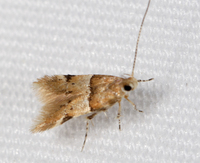
| Recorded by: John Petranka on 2022-05-02
Orange Co.
Comment: |

| Recorded by: Gary Maness on 2020-05-16
Guilford Co.
Comment: | 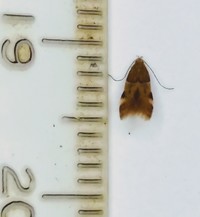
| Recorded by: Gary Maness on 2020-05-16
Guilford Co.
Comment: |
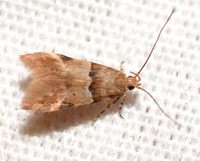
| Recorded by: Kyle Kittelberger on 2020-04-24
Wake Co.
Comment: | 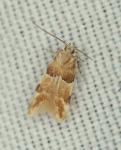
| Recorded by: T. DeSantis on 2016-05-28
Orange Co.
Comment: |
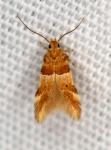
| Recorded by: T. DeSantis on 2014-08-04
Durham Co.
Comment: | 
| Recorded by: Harry Wilson on 2013-08-13
Wake Co.
Comment: |
|

 »
»


 »
»
